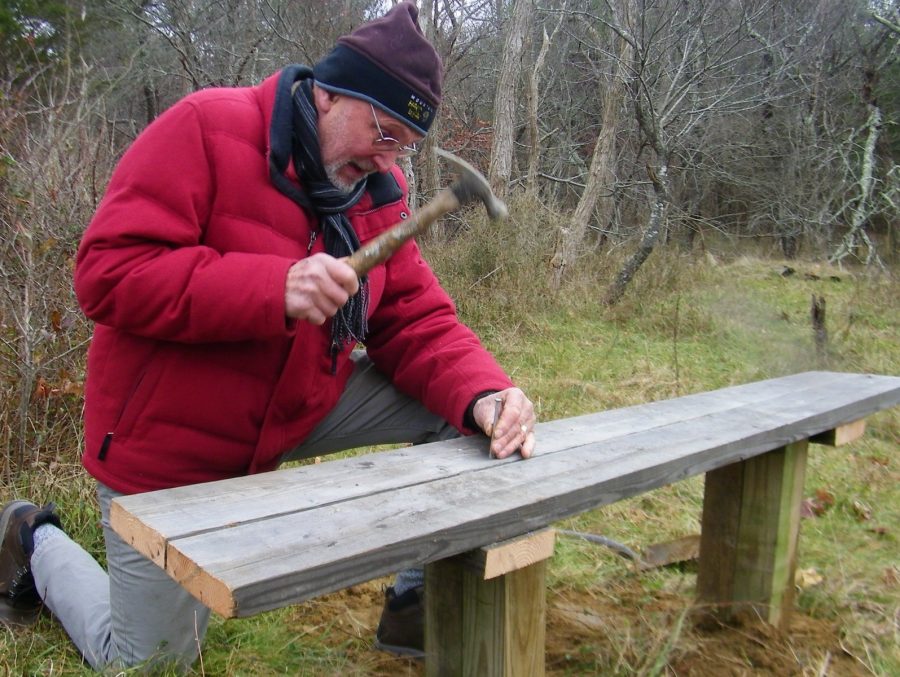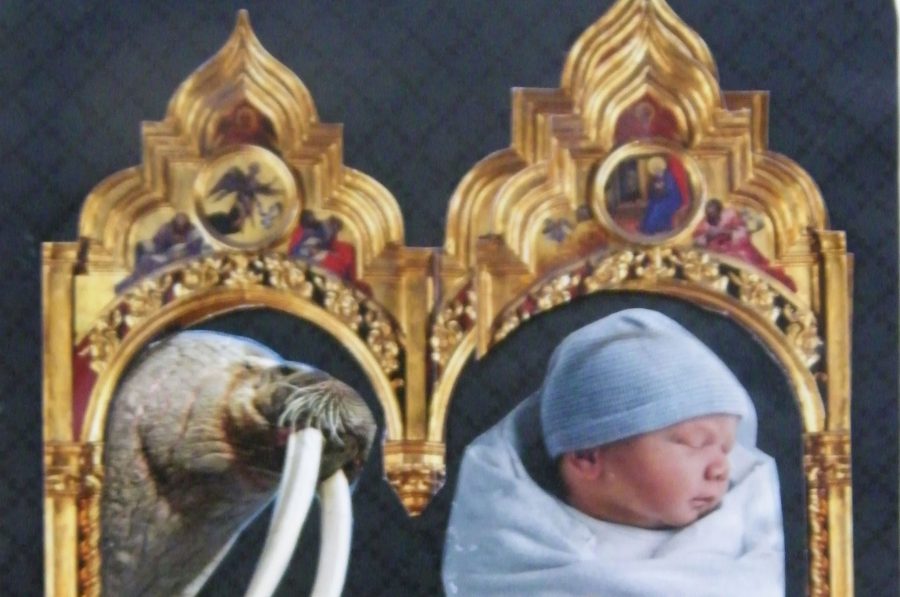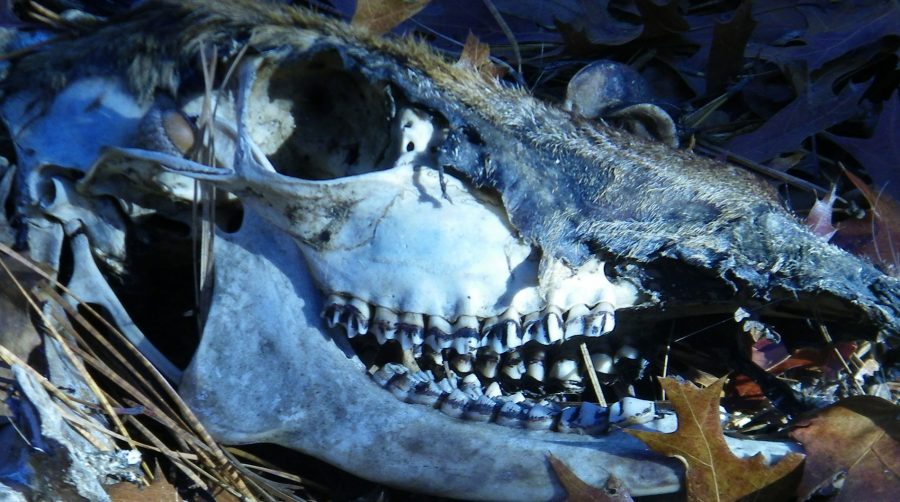BIRDS
In one of the glass cases at Dublin’s Natural History Museum, I saw a bird with a red breast labeled “Robin.” It is half the size of our American Robin I saw this bird on a shrub in the ancient cemetery in Glendalough. The stuffed magpie and jackdaw were new to me. At Rock of Cashel ruins, we heard the calls of jackdaws who flew about and nested in small square openings in the rock wall. The jackdaw is in the crow family.
The first floor of the museum is a long 70 foot hall filled with taxidermy. Most animals had no connected habitat. A huge skeleton of a Right Whale hung from the ceiling. The stuffed rhino’s glass eyes stared like security camera. One tiny specimen, the least shrew, could fit into a teaspoon, “the smallest mammal” on the label. The wood floors creaked and on the walls, many antlers from the Giant Red Irish Deer. On both ends of the hall, iron grill work and mosaic tiles caught my eye. I made a rubbing and captured three different designs.
FULFILLED DREAMS
I imagined two things I wanted to do in Ireland…see flocks of sheep on broad, green pastures; and listen to Irish music in a pub. We did both. Driving along the Irish Sea coast, a flock of huge black-headed sheep grazed along the roadside. Hedgerows prevent drivers from pulling over out of traffic. We found a pullout, and had a rare opportunity to linger and photograph. These sheep were the largest I’ve seen. Some looked the size of a pony. The sheep are raised for meat, not wool. We had lamb stew in the restaurant in the Hunt Museum and loved it. We had great views of the Shannon River in this charming café during our first whole day in Ireland. The castles, the museums, and the cathedrals were astounding.
Our last night was spent in the Old Ground Hotel in Ennis near where we would depart next morning. I asked the clerk at the registration desk if there was pub that featured Irish music. “Cruise’s,” she said. We had dinner in a small room with a fire blazing. Its fuel was peat, which doesn’t crackle like wood. I wanted to visit a peat bog. This desire in and of itself will require another visit to Ireland. Nancy and I decided that Ennis was the town we’d stay in to tour the west coast on our next trip. Ennis is a portal for tourists that visit the scenic towns and cliffs. We walked the town and decided this was the next destination.
Three musicians set up in front of a fireplace, a bagpiper, banjo, and flute players. After sipping pints of tangy Irish brew, then began to play in 4/4 time, a foot-stomping pace that quickly penetrates everybody. Nancy started to dance a reel. The musicians blended with shrill pipe notes, the sharp plunks of the banjo, and whistle tones from the flute. The waitress said “Come in August for the festival. There are 400,000 people here!” Nancy and I chose January for our trip for the lower overnight rates and in between time as Nancy returns to her MFA writing program soon after we return.
Nancy has an Irish passport and is ¾ Irish. One of her goals was to return to her grandfather’s farm in Rosenallis which is in the midlands. The other goal was to reconnect with her second cousins, Betty and Polly in Dublin and Wicklow. She thinks she recognizes the place after several trips up and down narrow roads with hedgerows that block peripheral viewing. But a new stockade fence blocks the courtyard. Later we learn the old house has passed out of the family.





